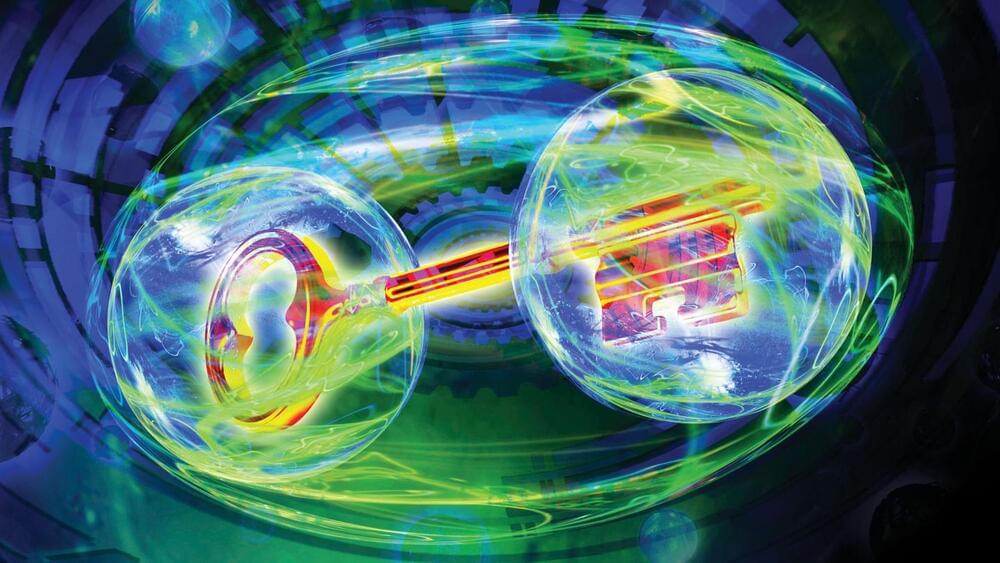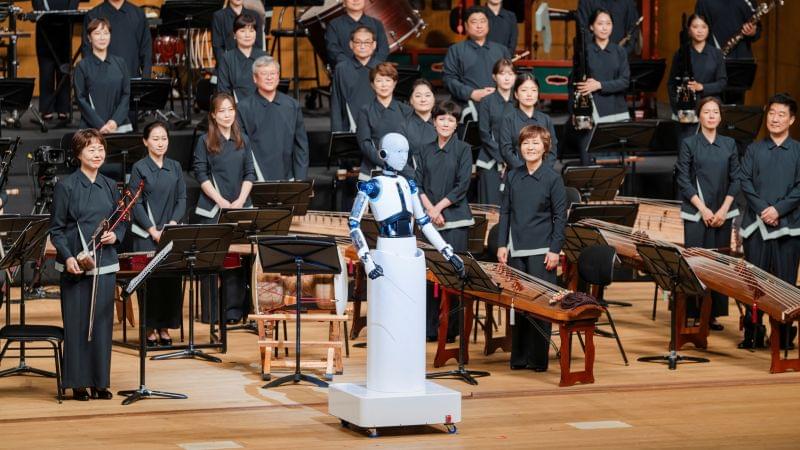Whether it’s baking a cake, constructing a building, or creating a quantum device, the caliber of the finished product is greatly influenced by the components or fundamental materials used. In their pursuit to enhance the performance of superconducting qubits, which form the bedrock of quantum computers, scientists have been probing different foundational materials aiming to extend the coherent lifetimes of these qubits.
Coherence time serves as a metric to determine the duration a qubit can preserve quantum data, making it a key performance indicator. A recent revelation by researchers showed that the use of tantalum in superconducting qubits enhances their functionality. However, the underlying reasons remained unknown – until now.
Scientists from the Center for Functional Nanomaterials (CFN), the National Synchrotron Light Source II (NSLS-II), the Co-design Center for Quantum Advantage (C2QA), and Princeton University investigated the fundamental reasons that these qubits perform better by decoding the chemical profile of tantalum.









